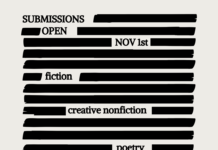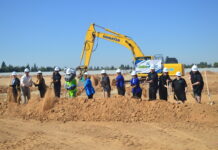
The proposed 2021-22 Community Investment Program (CIP) was approved by the Clovis Planning Commission in a brief meeting Thursday, May 27.
At the meeting, Thad Avery, the CIP manager for the City of Clovis, presented the 63-page proposal, which detailed the $48 million fund allocation.
The CIP — often referred to as capital improvement projects in other places — provides specified monies from the budget toward the construction, repair, or improvement of buildings or grounds.
“The projects that are proposed in the program have been identified in consultation with support from the various City department heads, their representatives, and other applicable staff,” Avery said.
The budget includes 57 projects that the City deems significant for the next fiscal year.
Clovis’ current CIP projects include the Loma Vista Village Green Park, Fire Station 2, and multiple local and significant street improvements.
Both the Loma Vista and Fire Station 2 projects are currently in the design phases.
In March, the Clovis City Council discussed the cost for Fire Station 2 and estimated that $9 million would be administered toward the project over the next year.
The construction of an adjoining training facility for temporary housing of Fire Station 2 staff is also planned.
Fire Station 2 had its groundbreaking in February and has an estimated finish date of sometime in 2022.
There are 32 proposed projects for Clovis streets in the budget, with 19 in the design phase and 20 in the construction phase. The 32 street projects are by far the largest of the program areas.
The City is designating $11.5 million for the street projects, also the highest dollar amount of all areas.
As for street improvements, the City plans its annual cape and slurry seal projects that provide preventative maintenance for over 10 miles of local streets.
The Commission did not yet discuss the locations of the seal projects.
A widening of Sunnyside Avenue from Third to Fifth Streets is planned.
Acquisition of property in the Northwest area is on the list of priorities for the City. The acquired property will be designated for major water facilities needed for future developments.
The City is also looking at nearly $48 million through revenue sources, with $17 million from the fund balance, $11 million from development fees, and $8.5 million from long-term financing.
Clovis will also receive funding from various grants, taxes, and measures.
Avery said that grants are a crucial component of 2021-22 project funding.
Federal grants and regional Measure C funding will provide Clovis with $4.6 million. Measure C pass-through funding is estimated at $2.6 million.
Clovis will receive $4 million from Gas Sales Tax and Exercise funding, which will go toward the City’s streets.
Avery said that last year the City received favorable construction costs due to the COVID-19 pandemic and contractors needing work, but doesn’t think that will be the case soon due to material and supply shortages.
“Recent indications are that construction costs are starting to increase during increased construction and shortages of supplies,” Avery said.








